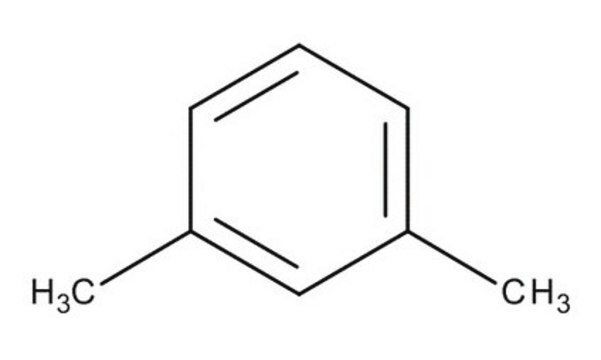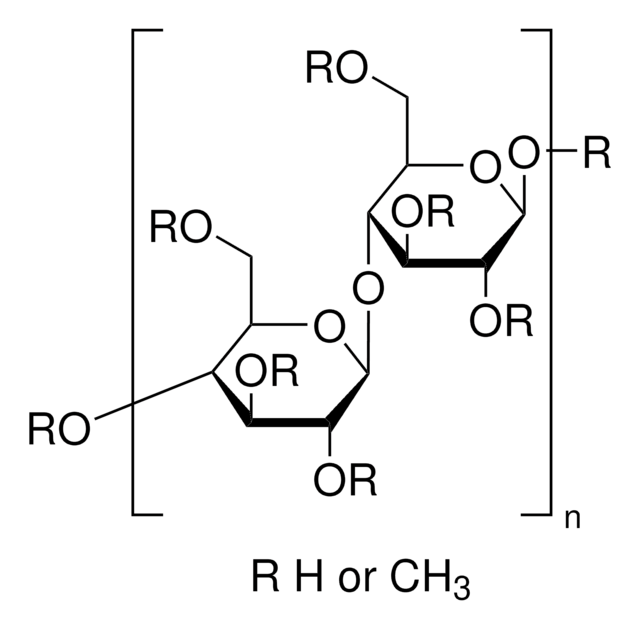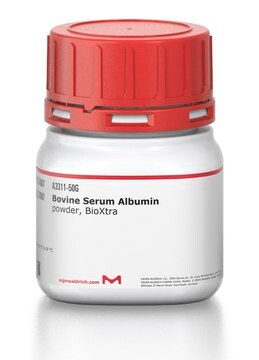185566
m-Xylene
ReagentPlus®, 99%
Synonyme(s) :
1,3-Dimethylbenzene
About This Item
Produits recommandés
Densité de vapeur
3.7 (vs air)
Niveau de qualité
Pression de vapeur
16 mmHg ( 37.7 °C)
Gamme de produits
ReagentPlus®
Essai
99%
Forme
liquid
Température d'inflammation spontanée
982 °F
Limite d'explosivité
7 %
Indice de réfraction
n20/D 1.497 (lit.)
pb
138-139 °C (lit.)
Pf
−48 °C (lit.)
Densité
0.868 g/mL at 25 °C (lit.)
Chaîne SMILES
Cc1cccc(C)c1
InChI
1S/C8H10/c1-7-4-3-5-8(2)6-7/h3-6H,1-2H3
Clé InChI
IVSZLXZYQVIEFR-UHFFFAOYSA-N
Vous recherchez des produits similaires ? Visite Guide de comparaison des produits
Description générale
Application
Informations légales
Vous ne trouvez pas le bon produit ?
Essayez notre Outil de sélection de produits.
Mention d'avertissement
Danger
Mentions de danger
Conseils de prudence
Classification des risques
Acute Tox. 4 Dermal - Acute Tox. 4 Inhalation - Aquatic Chronic 3 - Asp. Tox. 1 - Eye Irrit. 2 - Flam. Liq. 3 - Skin Irrit. 2 - STOT SE 3
Organes cibles
Respiratory system
Code de la classe de stockage
3 - Flammable liquids
Classe de danger pour l'eau (WGK)
WGK 2
Point d'éclair (°F)
80.6 °F - closed cup
Point d'éclair (°C)
27 °C - closed cup
Faites votre choix parmi les versions les plus récentes :
Déjà en possession de ce produit ?
Retrouvez la documentation relative aux produits que vous avez récemment achetés dans la Bibliothèque de documents.
Les clients ont également consulté
Notre équipe de scientifiques dispose d'une expérience dans tous les secteurs de la recherche, notamment en sciences de la vie, science des matériaux, synthèse chimique, chromatographie, analyse et dans de nombreux autres domaines..
Contacter notre Service technique











